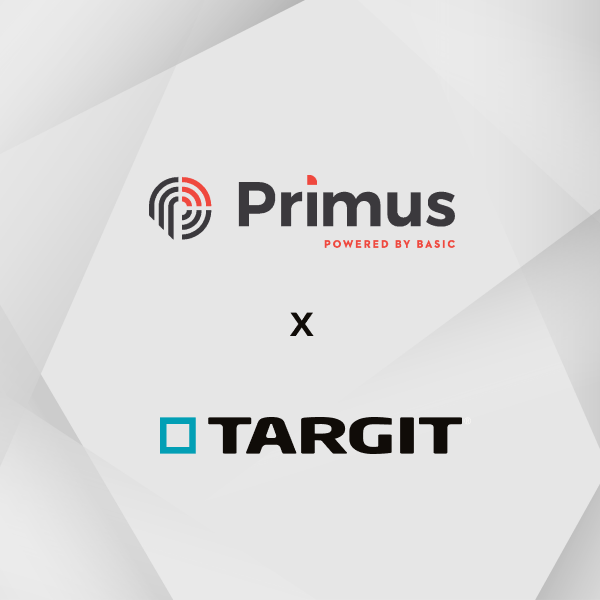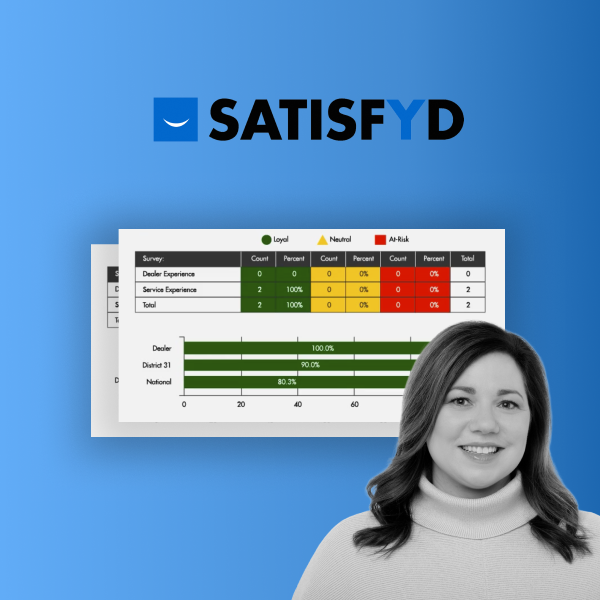In a webinar on Advanced Visualization, we surveyed how many customers used TARGIT directly or indirectly in company meetings.
Almost everyone did. The majority of customers used TARGIT directly, which was no surprise. A smaller part exported TARGIT dashboards to PowerPoint, and a tiny minority did not use TARGIT in meetings.
That inspired me to dive into the benefits and pitfalls of using a tool like TARGIT in presentations and meetings – doing “live analytics” with an audience, so to speak.
In that context, I will point to some of the features in TARGIT that will be helpful in your journey to maximize the benefits and avoid the pitfalls.
In the webinar that matches this blog post, I will show this in a very detailed and practical form.
Data will be there – but how?
In almost every presentation or meeting agenda in any organization, data will be presented at some point - maybe to prove a point, open a discussion, or share the state of things in a measured form.
Death by PowerPoint (with dead data)
In a lot of presentations or meetings, presenters will share very high-level key performance indicators (KPIs) in PowerPoint slides. They may be copied/pasted/exported from a business intelligence (BI) tool, but they're no longer connected to a database.
This can be an advantage to the presenter or meeting leader who wants to control the flow of information and mainly wants the communication to be a one-way street.
However, the disadvantages are very easy to identify:
- Even the most basic follow-up questions will be unanswerable – you can’t drill down, filter, or sort data in any way.
- If you want to present more numbers – and maybe even use these to tell a story with data – you will have to create a multitude of slides that quickly become unmanageable. Blame the sequential nature of PowerPoint, which can be a bit of a nuisance.
- Any feedback or questions will “ruin your show” and leave you browsing back and forth in the slides.
Leave your comfort zone and go live.
Depending on the purpose of your presentation or meeting, it could be a good idea to leave your comfort zone and use analytics tools right there in the meeting room or while making your presentation.
The benefits are many, for example:
- By using analytics “live,” everyone has a sense of being on the journey with you. They can see the numbers change when you filter, sort, and drill down into the numbers in front of them with TARGIT's Anywhere Web client.
- It will also allow you to show more data to support your message without tiring everyone with endless slides – but by just slicing and dicing a couple of dashboards.
- By the way, having left PowerPoint you are no longer tied to the sequential approach. If the numbers you present exist on more than one dashboard, the dashboards should be tied together using TARGIT's built-in menu feature. This allows you to revisit any desired part in whatever sequence you'd like. More freedom and more room for feedback.
- If your ideal is a data-driven culture, and you get to set the standard and inspire everyone else to follow your example, just make sure that your dashboards are well constructed, so you can answer questions that arise on the spot like “Is that an increase compared to last year?” “What is the biggest reason for the rise in cost?” – those sorts of questions. This exercise lets you set another kind of standard. The standard for dashboard design. Share with everyone which questions your dashboard(s) can answer and what actions should be linked to the answers.
- When the presentation/meeting is done, instead of sharing slides, you can share access to the dashboard(s) after the meeting. You can even embed them in your company portal to let everyone dive into the numbers – or present them as a slideshow on flat panels.
- Using the TARGIT Scheduled Publishing feature, you can even set this with a timeframe – maybe showing the numbers when people show up for work and walk through the office. Now it’s no longer something that was said at a meeting, but a shared story within the organization.
Make it a success.
The benefits go on and on. There are a few pitfalls, but those will mainly come down to the clearness and quality of the dashboards you present.
- You need to make the data simple and easy to understand – especially when dealing with a broader audience that might not know all the prerequisites and business rules. This is even more true if you intend to share the dashboards with access to drill and filter. Sharing as a slideshow could be a compromise when you go beyond a narrow group of people with a lot of shared knowledge.
- There will still be a limit to how dynamic the meeting/presentation can be. Not all types of questions can be answered on the spot. You just need to be clear about this and what the limitations are. It will still be much better than “dead” snapshots of data.
- Your level of preparation needs to be high. Leaving the safety of PowerPoint and cherry-picked numbers also means that you are inviting feedback and questions. You need to be prepared to show the answers to at least the most obvious ones. The good news is that this kind of preparation will force you to pack your dashboard with business-relevant answers.
Is it always a good idea?
Are there any limits to when you would want to use live analytics – or for what types of meetings or presentations this could be beneficial?
In my opinion, not really. But just like you would go about implementing a successful BI project, you start small with the most suitable cases and make sure it is a success.
Down the line, you can expand the use of analytics, and hopefully inspire others to follow your example.
Being a data-driven company is everyone's dream, but using analytics in meetings and presentations will be one of the stepping stones to making the dream a practical reality.




